Kanchenjunga Circuit Trek Climate
As this is the 3rd highest mountain, this peak lies at 8586 meters above sea level. This peak lies in this border on Nepal and India making it a common border between the two countries. Compared to other treks, Kanchenjunga Trek is more peaceful due to the less traffic in the region.
Kanchenjunga Circuit Trek is a perfect destination to embrace the trekking experience that gives you the best views of the gigantic Himalayan range and the beauty of the dense forest.
The weather at high altitudes is quite unpredictable and challenging. The ideal weather and climate of Kanchenjunga Trek are in Autumn and Spring. You will find a suitable climate at this altitude in those seasons.
The lower region will be mild compares to the high region in the mountains. Compared to the lower parts temperature may drop to -10 to -15 degrees in higher parts. The normal temperature in winter is below 10 degrees. So, the trek will be quite challenging in winter, mainly at night and morning. So, before trekking make sure the climate is suitable to trek so that your trek will be more efficient. Summers and winters are more challenging as the trials get extra adventurous. Hence, it is quite a challenging trek in the offseason.
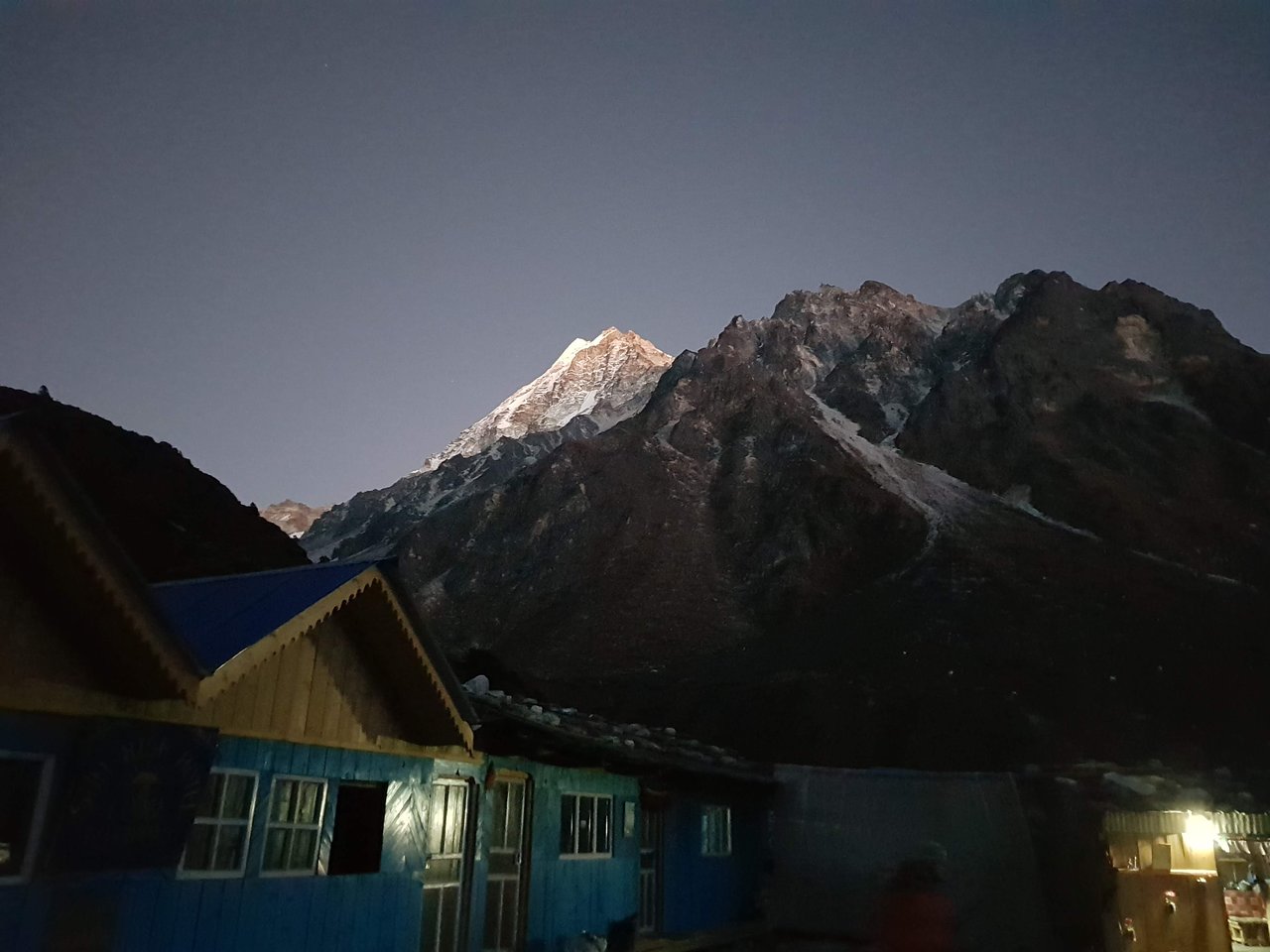
Kanchenjunga Circuit Trek Route
Kanchenjunga Circuit Trek can be done from two different routes, the northwest, and southwest sides. This fine and remote trekking journey will take about 18 to 20 days where you will be up to the elevation of 5,143 m.
There is little confusion about the route of the Kanchenjunga Circuit Itinerary. If you google it, it offers many options from each company. If you look at the map of Kanchenjunga or see our itinerary, you will quickly understand where the trail goes. A single path; with two base camps, North and South. Making a circle, the Sele La (4,720m) pass combines them both. The two sides of the route are South to North (anti-clockwise) or North to South (clockwise).
North to South Kanchenjunga Circuit Trek
Normally, you can complete the Kanchenjunga trek in about 20 days. This is the most beautiful upper portion of the trail. It follows the circuit, starting from the North and ending to the South. As a matter of fact, this itinerary is commonly followed by hikers as this side has many advantages. Kanchenjunga Circuit North to South Trek is best as it gradually increases the elevation making walk easier for hikers. This side of the trek gives your body plenty of time to acclimatize.
North to South Kanchenjunga Itinerary
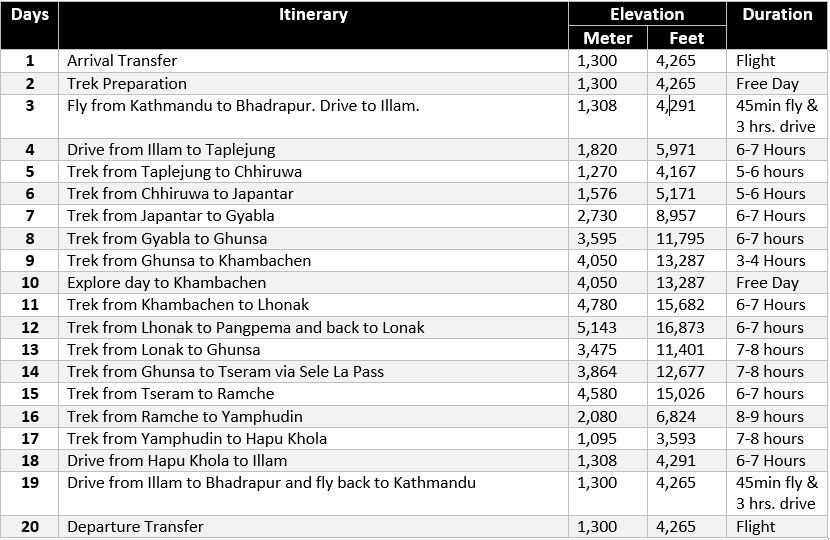
It is totally up to you whether you prefer only a high elevation remote trail or an extended village trail. In our experience, the majority of them would choose either anti-clockwise south to north through Taplejung or clockwise north to south in 20 days starts from Taplejung and ending the trek in Hapu Khola.
Kanchenjunga Circuit Trek Altitude
The most challenging element of this trek is mostly the high elevation. When you are at the start of the trek the altitude is only 1200 to 1350 meters from sea level which is normal. But as you ascend the altitude will gradually increase. As some may not be used to these altitudes, the trek includes enough acclimatization days. The ascent of Kanchenjunga Base Camp will occur at a much slower pace than descent to ensure safety.
Typically elevation gains will be in the range of 600 to 850 meters each day. The highest point on Kanchenjunga Circuit Trek tends to be the Pangpema. During the walk, you will be blessed with the best views of the Himalayas.
Altitude Sickness in Kanchenjunga Circuit Trek
Normally altitude sickness occurs when you travel to a high altitude too quickly. These symptoms occur when your body tries to adjust to the lower air pressure and lower oxygen levels at high altitudes. Altitude sickness or mountain sickness is normally caused when you are trekking to high altitude lands with low oxygen. It is also important to keep in mind that, being young and fit don’t reduce your risk. Just because you have not experienced altitude sickness in the past doesn’t mean your immune is strong. The only sure method to prevent altitude sickness on Kanchenjunga Circuit Trek is to take plenty of time to ascend.
Training Before Kanchenjunga Circuit Trek
Signing up for the high-altitude trek in Kanchenjunga Circuit can be daunting. Many trekkers who go backpacking in Nepal have never done a trek before. While I firmly believe that people with average fitness levels can manage a Kanchenjunga Circuit Trek. You will get to enjoy more into nature if you are in good shape during the trek. So, I made a list together about the training before Kanchenjunga Circuit Trek.
Walking 4-5 miles without a break
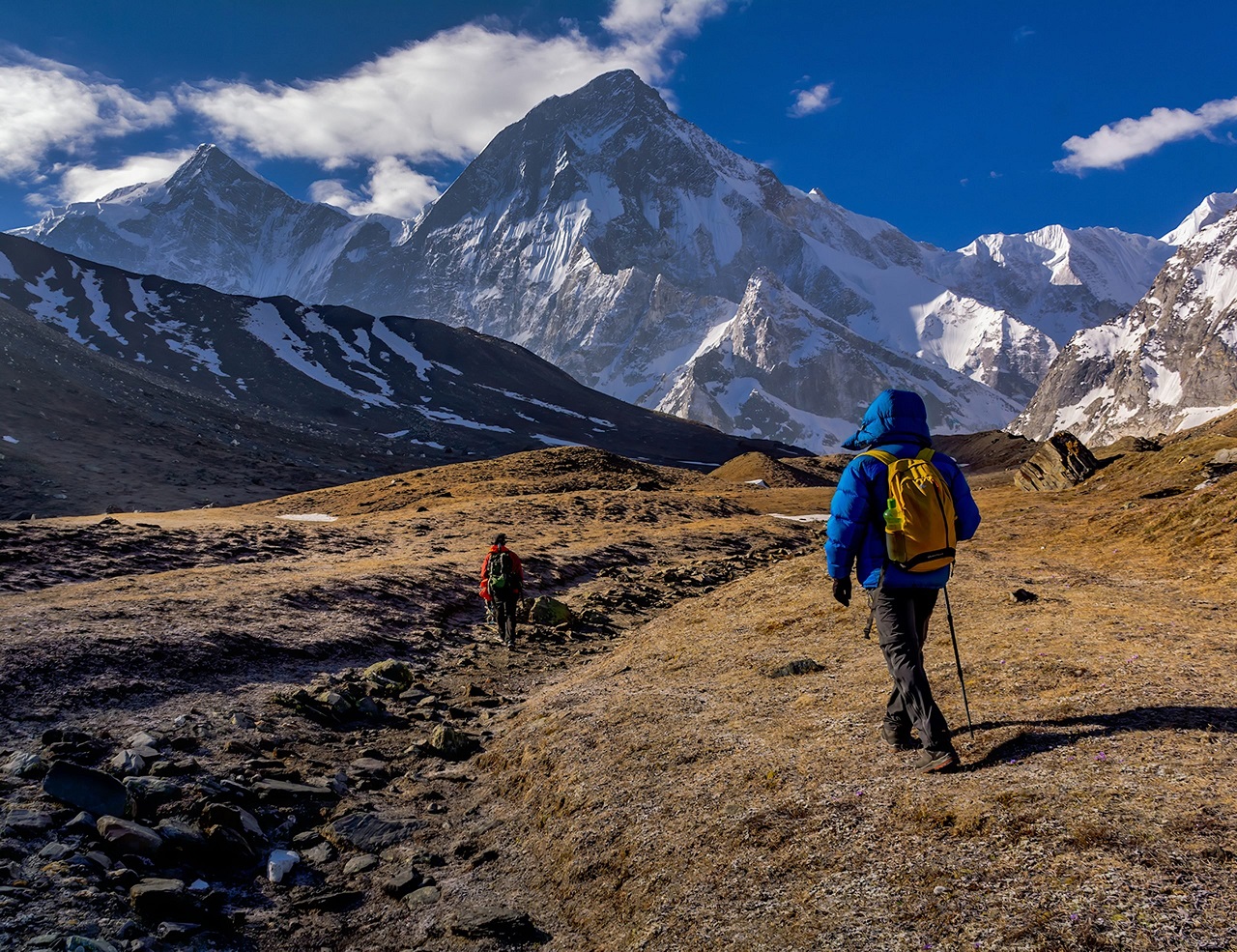
For your first workout prepare for a walk can walk around the park or do some easy hiking. You do not have to start training for hiking with serious steep climbs or at rice terraces.
Most tales of the trek in Kanchenjunga focus on steep days at high altitudes, where one foot in front of other feels like a huge task. But often overlooked are very long days on mostly flat terrain that makes up several days on treks. This is more of an endurance test than a strength test and tends to leave you more sore and tired.
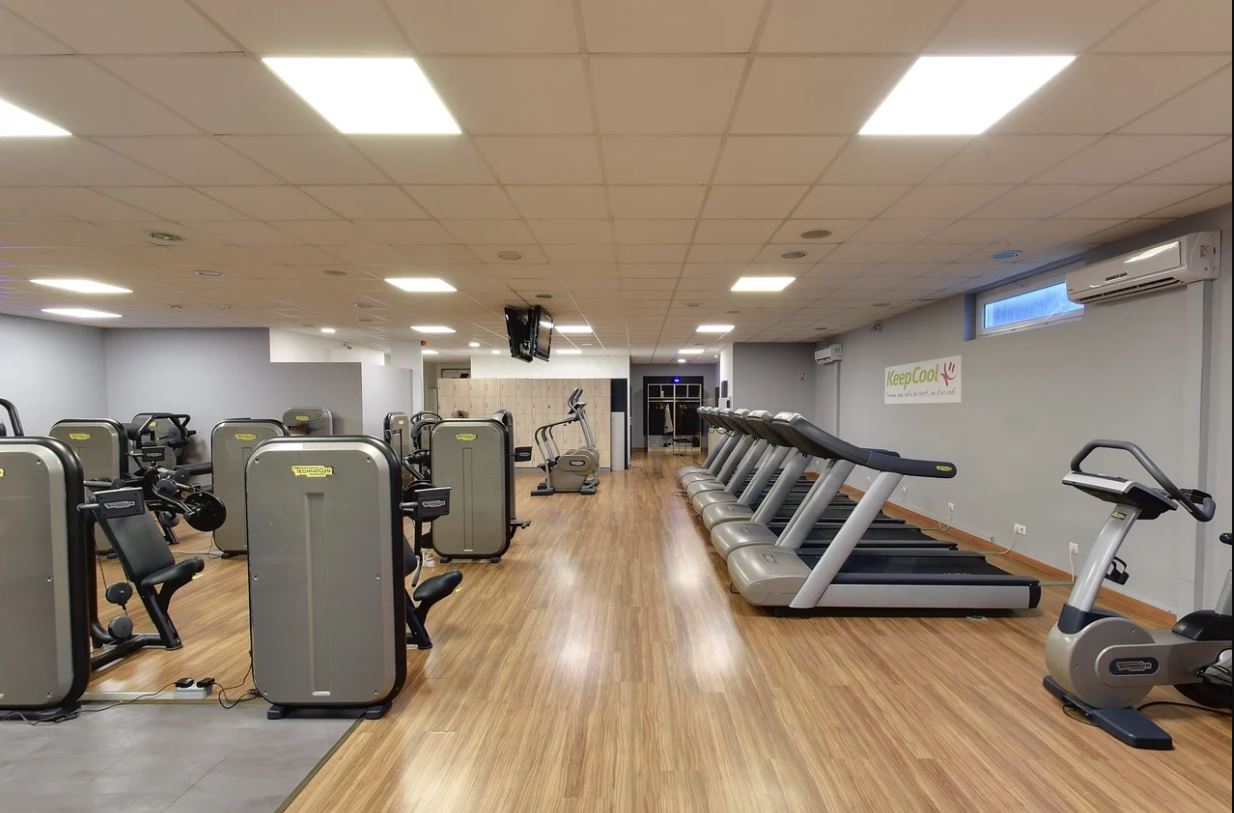
Spin class will be the best cardio so that you will get enough exercise for your leg. The next step is to build some aerobic endurance which will be used for those long, steep climbs in the trails. So it is always best to add some higher intensity cardio into your fitness routine.
You can do this whatever form of cardio works best for you. Most people will enjoy running or jocking since you can do it outside for free. Whatever you choose for cardio, make sure your routine is something that pushes you out of your comfort zone. Do not put unnecessary stress on your knees as you have to a long trek to Kanchenjunga ahead.

Strength training before Kanchenjunga Circuit Trek is the key component for a long journey to Nepal Himalaya. You may need it from getting yourself up the steep hills, to balancing on the narrow paths, to carry your own backpack.
Focus on building strength in your legs, back, and core. Having strong biceps is not going to help you during the trek. Adding strength training into your routine for 1 to 2 days a week should be enough when you are training for Kanchenjunga Circuit Trek.
Hiking as much as you can
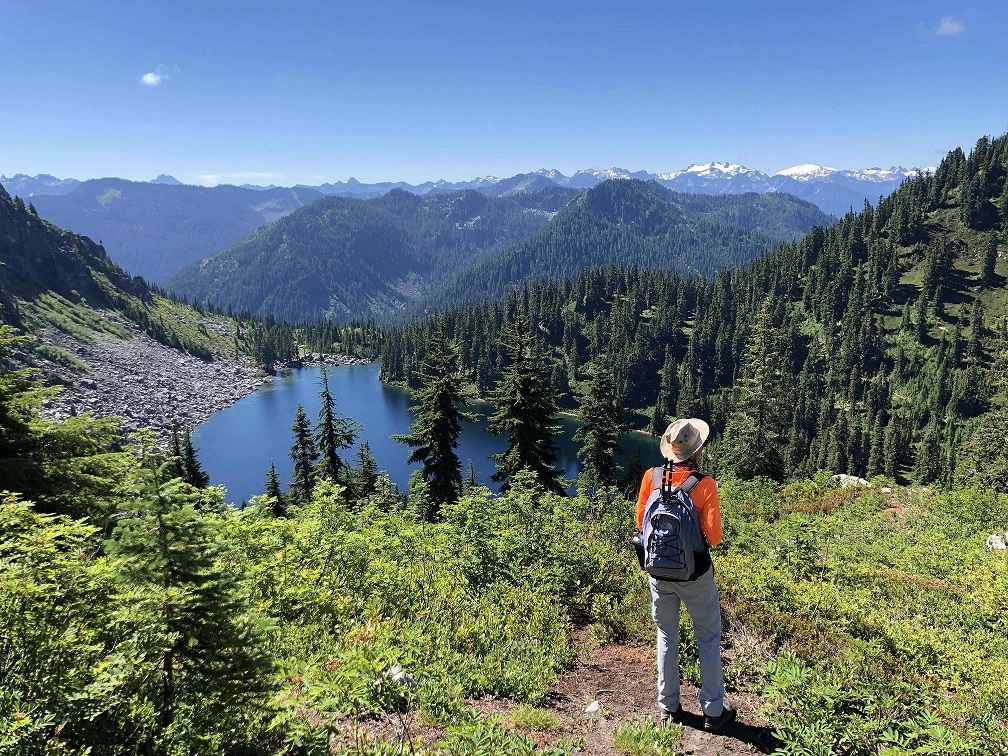
The best part of training before Kanchenjunga Circuit Trek is a hike as much as possible. As you get closer to your trek, you need to build up more capacity for long days on trekking trials. This is a completely different form of exercise than jogging for an hour.
In addition to developing up your fitness, training hikes are your best opportunity to examine gear and get a touch for what you require to bring. If you can do some hikes in cold weather, in the rain, or on back-to-back days, that’s even better.

At the ending of your training for Kanchenjunga Circuit Trek, add some weighted backpack training into your plan. If you choose to carry your own backpack during the trek then weighted backpack training is required. But this training will helps even if you plan to carry a day pack only.
Start weighted backpack with small amount of weight like 5 to10 pounds. Once you fell easy on those weights gradually add more weight. Once you start to adds the weight, your pack fills like heavy on your body. Also, look for a pair of trekking poles that makes a huge difference during your walk.
At Last
The aim of this article was to give you a concept of how difficult the Kanchenjunga Circuit Trek is, and you should see that the trek is a very feasible accomplishment.
Put in a little bit of preparation and confidence on Kanchenjunga Circuit Trek and you will be set for the trek of your lifetime!









